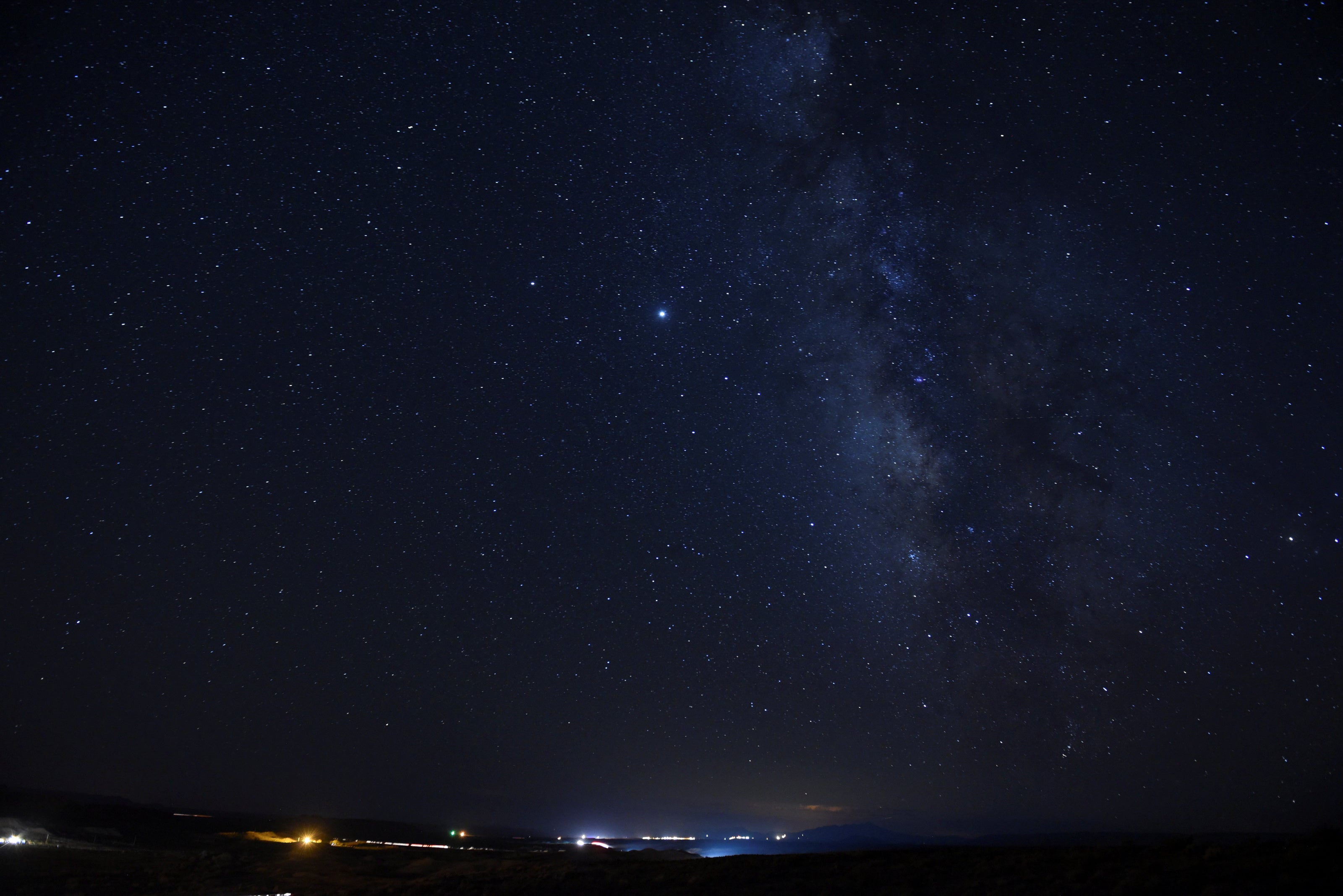‘Fossil galaxy’ found hidden in the Milky Way

Your support helps us to tell the story
From reproductive rights to climate change to Big Tech, The Independent is on the ground when the story is developing. Whether it's investigating the financials of Elon Musk's pro-Trump PAC or producing our latest documentary, 'The A Word', which shines a light on the American women fighting for reproductive rights, we know how important it is to parse out the facts from the messaging.
At such a critical moment in US history, we need reporters on the ground. Your donation allows us to keep sending journalists to speak to both sides of the story.
The Independent is trusted by Americans across the entire political spectrum. And unlike many other quality news outlets, we choose not to lock Americans out of our reporting and analysis with paywalls. We believe quality journalism should be available to everyone, paid for by those who can afford it.
Your support makes all the difference.A "fossil galaxy" has been found hidden inside of our Milky Way.
The discovery of the long-dead galaxy could change our understanding of the history of the Milky Way, and how it became the vast web of stars that surrounds us today.
The fossil, known as Heracles, is thought to have collided with the Milky Way 10 billion years ago, when our galaxy was still at a very young age.
Its remnants make up about a third of Milky Way's spherical halo, researchers report. But despite its vast scale, astronomers were not able to see it until they uncovered detailed information about tens of thousands of stars.
Dr Ricardo Schiavon, of Liverpool John Moores University's Astrophysics Research Institute, said: "To 'catch sight' of that galaxy is awesome.
"It is really small in the cosmological context - only 100 million stars - but accounts for almost half the mass of the entire Milky Way halo."
A team of astronomers led by Dr Schiavon analysed the data from the Apache Point Observatory Galactic Evolution Experiment (Apogee) project, which has amassed large amounts of information on more than half a million stars across the Milky Way.
Dr Schiavon said: "To find a fossil galaxy like this one, we had to look at the detailed chemical make-up and motions of tens of thousands of stars.
"That is especially hard to do for stars in the centre of the Milky Way, because they are hidden from view by clouds of interstellar dust.
"Apogee lets us pierce through that dust and see deeper into the heart of the Milky Way than ever before."
To separate stars belonging to Heracles from those of the original Milky Way, the team used Apogee instruments to measure the chemical compositions as well as the velocities of the stars.
Danny Horta, a graduate student at Liverpool John Moores University, said: "Of the tens of thousands of stars we looked at, a few hundred had strikingly different chemical compositions and velocities.
"These stars are so different that they could only have come from another galaxy.
"By studying them in detail, we could trace out the precise location and history of this fossil galaxy."
Based on their findings, the researchers say the collision between Heracles and Milky Way "must have been a major event in the history of our galaxy".
They believe this makes the Milky Way unusual because "most similar massive spiral galaxies had much calmer early lives".
Dr Schiavon said: "As our cosmic home, the Milky Way is already special to us, but this ancient galaxy buried within makes it even more special."
The new research is published in The Monthly Notices of the Royal Astronomical Society.
Additional reporting by Press Association

Join our commenting forum
Join thought-provoking conversations, follow other Independent readers and see their replies
Comments